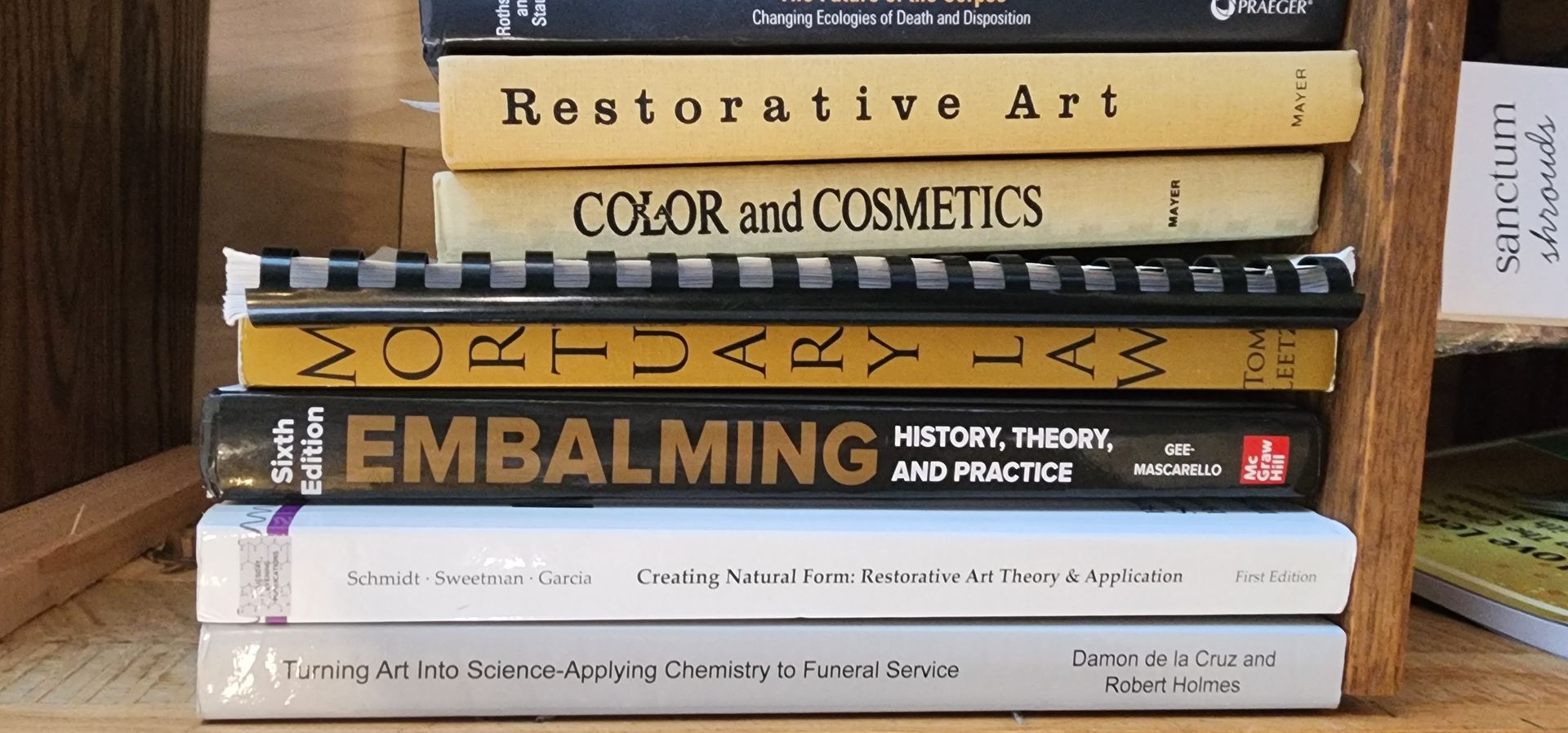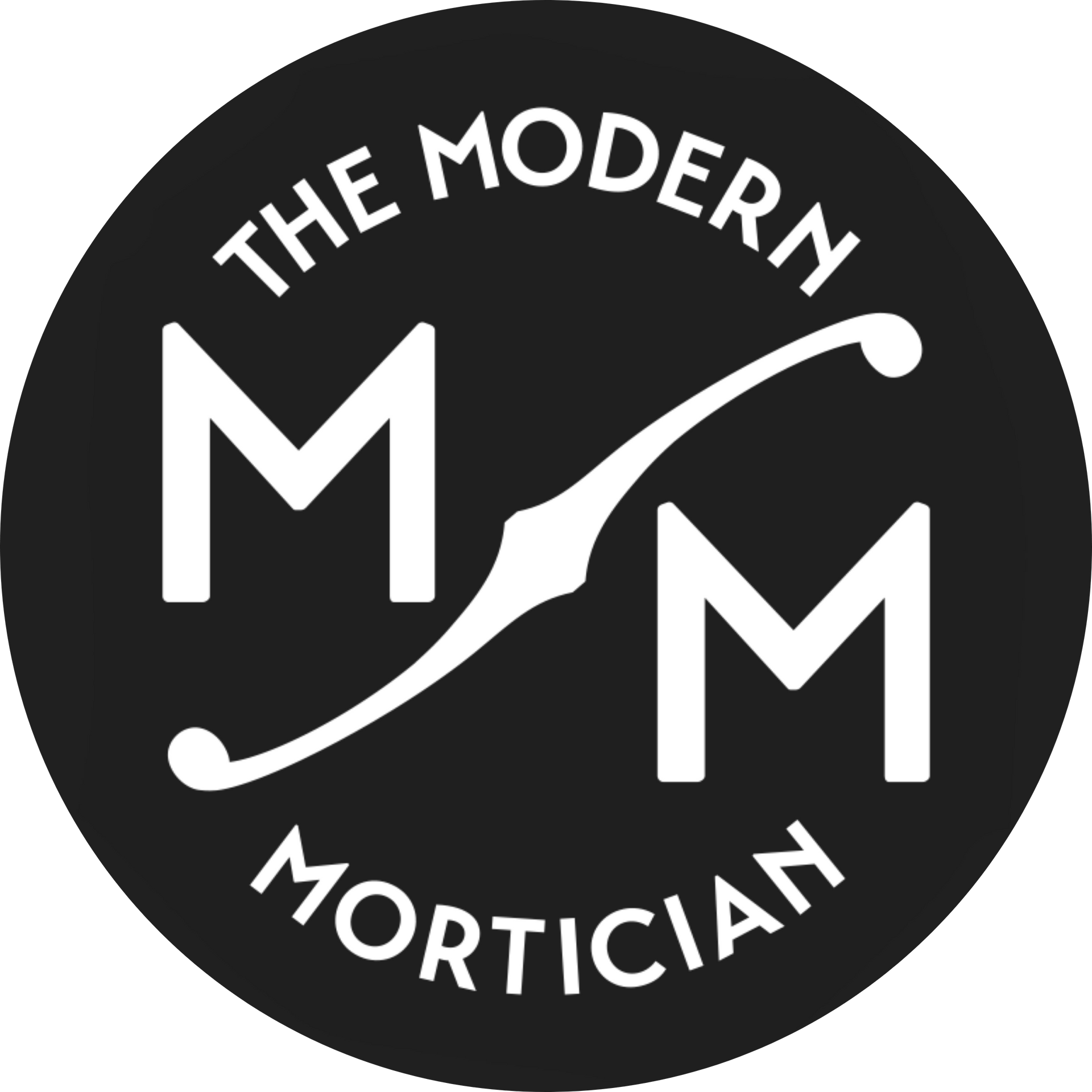Melissa Meadow
Water cremation is an eco-friendly alternative to flame cremation and I price it the same as flame.

Also known as Alkaline Hydrolysis, Water Cremation is a green cremation process which speeds up the way our bodies return to nature when they are buried. Under the earth, a similar hydrolysis process can take years, but with the appliance of science, very warm water and five per cent potassium hydroxide – a compound used in soap and shampoo – a water cremation takes around four hours. Despite its green credentials, the biggest selling-point, we've learned, is how it’s captured people’s imaginations as a ‘gentler’ way to go.
In recent years a number of states have legalized the use of Water Cremation, this form of disposition that is considered to be greener than traditional methods of burial and cremation. Water cremation is known by many names; Alkaline Hydrolysis, Aquamation, Green Cremation, or Resomation. No matter what you call it, the process is gentler on the environment from start to finish.
What Happens at a Water Cremation?
Your person will be wrapped in a material made of natural fiber, before being placed in the chamber. Once inside the chamber, it’s filled with approximately 80 gallons of water and an alkali solution that’s 5% potassium mix and 95% water. You can even request an essential oil, like lavendar, which I personally will anoint your person with, so we can consider this their "final spa day".
During the cremation, the alkali solution is heated to 300 – 350 degrees Fahrenheit and the pressure is increased. The temperature is high enough to kill bacteria. It also dissolves the soft tissue of the body leaving only the bones and medical implants, looking as fresh as the day they were installed (you absolutely can ask for these back if you want them!)
This solution is completely safe for people and the environment. Despite objections and the personal opinion of opponents (the usual suspects that like to tell us what to do with our bodies), the leftover solution after water cremation is safe enough to pour down the sink. In fact, the ingredients of the alkali solution can be found in liquid soap. And the liquid from the soft tissue is nontoxic and natural. It consists of mostly water, amino acids, salts peptides, soap and sugars. It resembles urine.
The bone fragments that are left behind are soft and very white, much more so than the bones that remain after flame cremation. These bones are made into a fine powder, and that is the cremains that the next of kin will receive. What’s left after the process is a pure white ‘ash’, fine particles of sterile bone. Water cremation results in slightly more powdered remains than flame cremation, which are given to loved ones in an urn as well. Nothing of your "person" goes "up in flames."
Although akin to traditional cremation and with the legacy of ashes, Water Cremation ultimately does what nature, unhindered, sets to work on when we die. Our bodies, made up of around 60 per cent water, are broken down by the water solution into their basic building blocks. Liquids which would seep into the soil after a burial, are sterilized through Water Cremation and drained away to be recycled.
How is the Remaining Solution Disposed?
Because the remaining solution is sterile it can be safely disposed of by pouring it down the drain into the sewage system. It’s this part of the process that many people object to. It’s hard for people to stomach the fact the dissolved tissue is in the water that’s processed at wastewater plants. Ironically, this procedure is actually the same way blood and fluids are disposed of during the embalming process before most traditional burials, so as an alternative, we have sod farmer's pick up the many gallons of effluent for dispersion on farms.
Benefits of Alkaline Hydrolysis
Many of the benefits of water cremation are the same or similar to those of a regular cremation.
Water Cremation is the most environmentally friendly method of cremation available. It offers several environmental advantages 🌎 over traditional burial or flame-based cremation services.
- Overall, the end-to-end process uses 90% less energy than traditional flame cremation.
- Few to no harmful toxins are released into the atmosphere.
- No toxins, metals or embalming fluid is put in the ground.
- Medical implants are removed after cremation. They can be returned to the family or medically recycled, ensuring the mercury they contain is never released into the air.
- Water cremation is safer for the operator and the community due to the lack of flames.
- Helps solve the problem of overcrowded cemeteries and lack of burial plots.
- Land is conserved by choosing water cremation.
A “Gentle” Alternative Funeral
In America, we can easily call this method a gentle, eco-friendly alternative to flame-based cremation or casket burials.
As the “third true method” of final disposition, the deciding factor for many people may simply be whether or not they love the idea of this alternative cremation, too. Perhaps a connection with the elements will play its part in the decision-making; earth, fire or water.
New Paragraph












